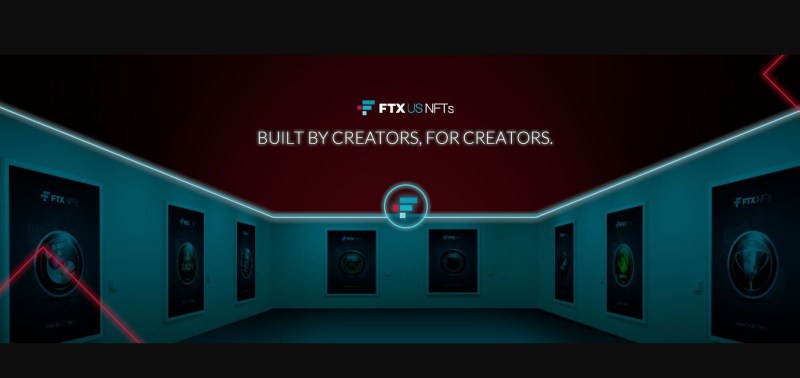
2-22 #Home : OPPO allegedly plans to commercialize rollable display in 2023; OLED DDI suppliers have never let up their efforts in winning more 28nm process capacity support; etc.

Arm has introduced a design for an automotive image signal processor to enhance driver assistance and automation technologies. The Arm Mali-C78AE image signal processor (ISP) is part of Arm’s AE line of safety-capable intellectual property suitable for advanced drivers assistance systems (ADAS) and human vision applications. Mali-C78AE is developed from the ground up with hardware safety mechanisms and diagnostic software features enabling system designers to meet ISO 26262 ASIL B functional safety requirements. The first licensee for the tech is Intel’s Mobileye, which is licenses the Mali-C78AE and the next-generation EyeQ technology.(All About Circuits, CN Beta, Embedded Computing, VentureBeat)
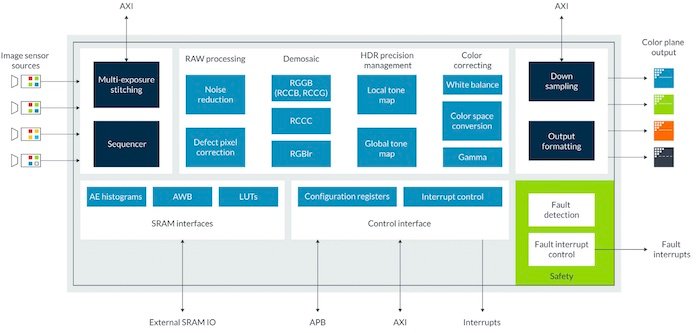
Apple is allegedly developing the chip modules and packages to be used in its so-called Apple Car with a South Korean outsourced semiconductor assembly and test (OSAT) company. The project is started in 2021 and is expected to be completed in 2023. (CN Beta, The Elec)
ASML CEO Peter Wennink has revealed that the company has expanded the sales forecast from EUR24B to EUR30B for 2025. This is the result of growing semiconductor industry and investment strategies for advanced microprocessing. The company has raised its sales target to KRW20T (about EUR14.75B) in 2025 for extreme ultraviolet (EUV) exposure equipment, which is the double the amount compared to 2021. It is expected that sales in Korea will increase exponentially with the increased investment from Samsung Electronics and SK Hynix. ASML’s total sales were estimated to be EUR18.6B in 2021. Especially, Korea and Taiwan had 50% increase in sales compared to 2021. In 2021, the sales from Korea accounted for EUR6.223B and the sales of Taiwan was EUR7.237B, which are 50% and 55% increase, respectively. (CN Beta, ET News)
According to the Semiconductor Industry Association (SIA), the global chip sales hit a record in 2021 at USD555.9B, up 26.2% on the year, and it forecast 8.8% growth for 2022 as chip makers continue to build up production capacity to meet demand. Sales in 2020 grew 6.8% over 2021, while 2021 was the first year since 2018 that the number of chips sold exceeded 1T. In 2021, 1.15T semiconductors were sold, with the biggest growth among auto-grade chips that can withstand heat and other physical challenges. Sales for that segment rose 34% over the prior year at USD26.4B. Unit sales rose 33%. Gizmo China, Live Mint, Reuters, CNBC, SIA)
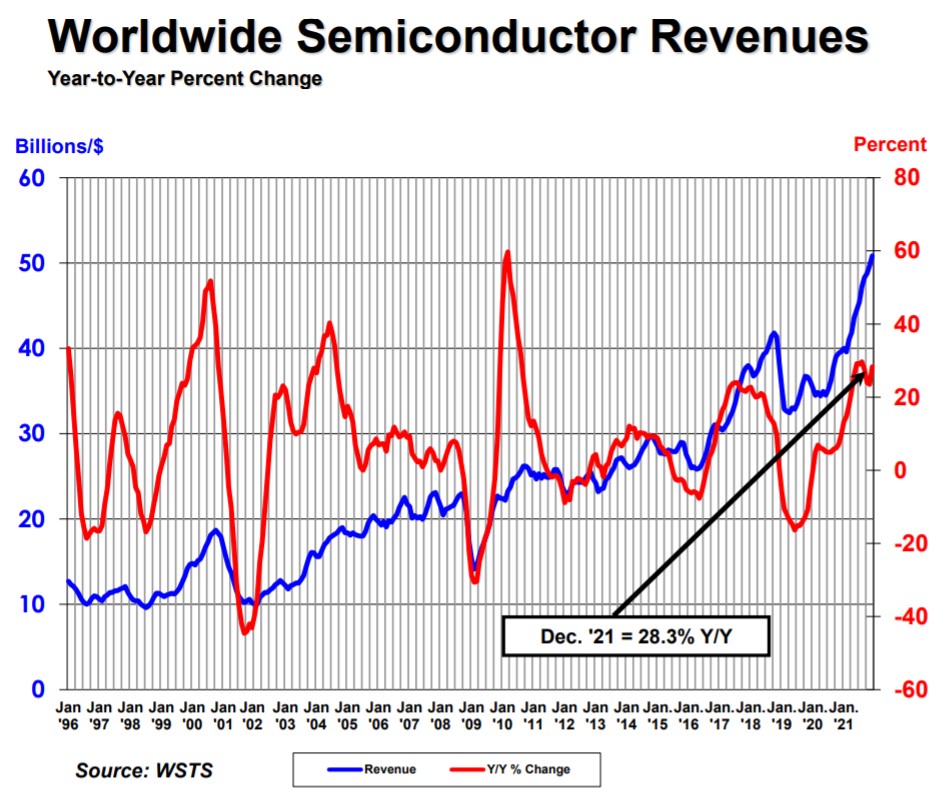
Bosch is increasing its previously stated investment in semiconductor production in order to stay on top of the ongoing chip shortage. The company is adding an additional USD296M, on top of the USD473M. Bosch has already pledged to spend in 2022, to new manufacturing facilities. Most of 2021 capital was earmarked for Bosch’s new 300m wafer fabrication facility in Dresden, with about USD57M set aside for Reutlingen, near Stuttgart, where Bosch began production in December. This new funding will go almost exclusively to Reutlingen to create new production space and a total of 44,000 square meters of modern cleanroom space between now and 2025. (TechCrunch, Nouvelles de monde)

Chinatop Optoelectronics (CTO) has introduced the Gen-5 TFT-LCD liquid crystal panel production line of LG Display (LGD) in South Korea, and on 31 Dec 2020, the first local LCD panel product “Made in Zhengzhou” was produced. At present, the company’s production capacity is about 30,000 large boards per month, and the next step is to increase the factory’s design production capacity to 50,000 large boards per month as soon as possible. CTO’s Gen-5 TFT-LCD liquid crystal display project has a total investment of about CNY5.5 B. It is expected that the output will reach an annual output value of about CNY8B after the project is completed.(Laoyaoba, EET China, Sohu)
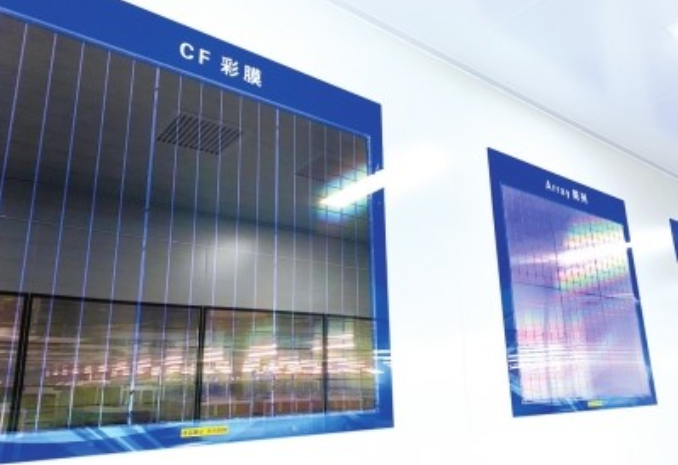
OPPO has showcased the OPPO X 2021 rollable display concept smartphone in 2020. The device is equipped with a stepless OLED flexible rollable display with a minimum of 6.7” and a maximum of 7.4”. With a single swipe, the display can be stretched like a picture scroll. The rollable is with almost zero creases. The smartphone can be driven by a motor to extend and shrink the screen with one key, which is more elegant than the foldable display, and because the display will be retracted into the body, it can also better protect the screen. In addition, after the rollable display is shrunk, the display does not need to be completely folded, but is curled in a large-angle arc to achieve a completely crease-free effect. It is rumored that OPPO internally plans to commercialize rollable display in 2023. (CN Beta, Tuvie, My Drivers)


OLED DDI suppliers including Novatek Microelectronics, Himax Technologies, Raydium Semiconductor and FocalTech Systems have never let up their efforts in winning more 28nm process capacity support seeking to better cash in on ever-growing demand for smartphones and consumer electronics. According to Digitimes, many research institutions believe that OLED DDI chips will be in short supply in 2022. In addition to the continued tight production capacity of such chips in the mainstream 28nm process, major mobile phone suppliers are turning to more OLED displays to stimulate its sales.(Digitimes, UDN, Laoyaoba)
According to Display Supply Chain Consultants (DSCC) analyst Ross Young, Apple’s foldable iPhone is delayed until 2025. The reason given for this is that the company is exploring all-screen foldable MacBooks. The company is currently in discussion with suppliers for around 20” foldable display. However, the launch timeline for the foldable MacBook is likely later than 2025 and the launch is most likely to take place in 2026 or 2027. (DSCC, Gizmo China, Digital Trends)

Samsung has lost its patent lawsuit against memory module firm Netlist in the US. Netlist has said that the United States District Court for the Central District of California entered a judgment in favor of the firm against Samsung for material breaches of obligations under their joint development and license agreement. Netlist has said the court, in its judgment, said Samsung breached its supply obligations, payment obligations and that Netlist terminated the agreement such that Samsung’s rights and license over the patents ceased. The pair had entered into the agreement back in Nov 2015. The company has received a total of USD230M from Samsung for the cross-licensing deal. (Laoyaoba, Yahoo, The Elec)

Japan’s No. 1 battery manufacturer Panasonic’s dependence on Tesla exceeds 87%. Panasonic has an opposite strategy compared to LG Energy Solution and CATL, which have been diversifying their customers. Tesla and Panasonic are under the spotlight whether they will succeed in a market rebound by pushing for mass production of next-generation cylindrical batteries (standard 4680). Tesla has revealed that it has now made over 1M 4680 battery cells at its pilot facility in California. In 2022, Tesla is preparing to scale the production of the Model Y and Model 3, alongside the Model X. Tesla believes that the Model Y will overtake the Model 3 as the best-selling electric car in the world. (GizChina, Car and Bike, ETNews, IT Home)
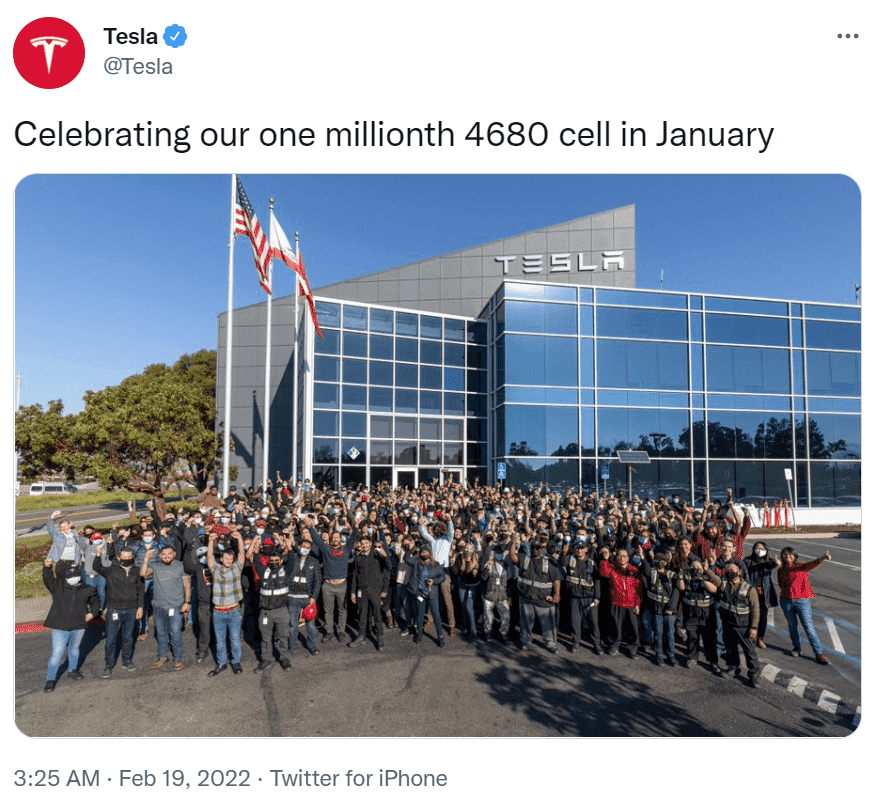
SK On, the battery-making subsidiary of South Korean energy firm SK Innovation, is planning to accelerate the start of production of its planned new battery factory in the US with Ford by 3 months. Blue Oval SK, the South Korean battery maker’s joint venture with the US car giant, is planning to place orders for production equipment in the planned factory in Kentucky, called BOSK1, within 2022. SK On could start placing orders for BOSK2, planned to at Tennessee, at a similar time frame though this plan is not finalized yet. Equipment will be delivered and start installation at BOSK2 during the second half of 2023, with commercial production beginning in 2024. The two factories are planned to have an annual production capacity of 43GWh each. They will make both long axis batteries (600mm) and conventional ones (300mm). (CN Beta, The Elec, Batteries News)
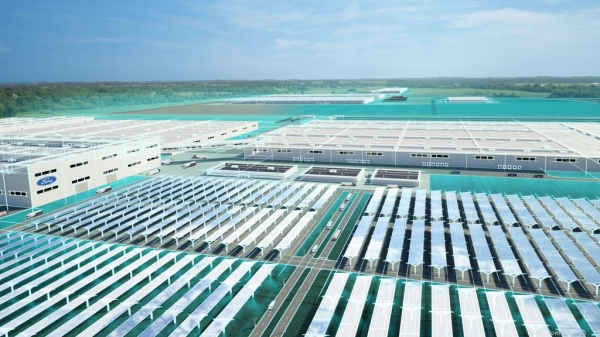

Advanced recycling startup Novoloop, based in Menlo Park, California, has announced it raised USD11M in Series A financing. The funding will go toward expanding the company’s plastics chemical recycling process, called accelerated thermal-oxidative decomposition (ATOD), and bringing its production process to scale. The company says ATOD is a proprietary processing technology that breaks down polyethylene (PE) into chemical building blocks that can be synthesized into high-value products. The process will be used to create Oistre, a thermoplastic polyurethane (TPU) for use in high-performance applications, such as footwear, apparel, sporting goods, automotive and electronics. (TechCrunch, Forbes, Recycling Today)


Some of the team that worked on the Essential Phone have created a new handset reportedly coming out in 2022, the OSOM OV1. OSOM is an acronym for “Out of sight, Out of mind” and is pronounced like the word “awesome.” With a heavy emphasis on privacy, the OV1 stands for OSOM Vault 1. (Gizmo China, Android Police, Phone Arena)
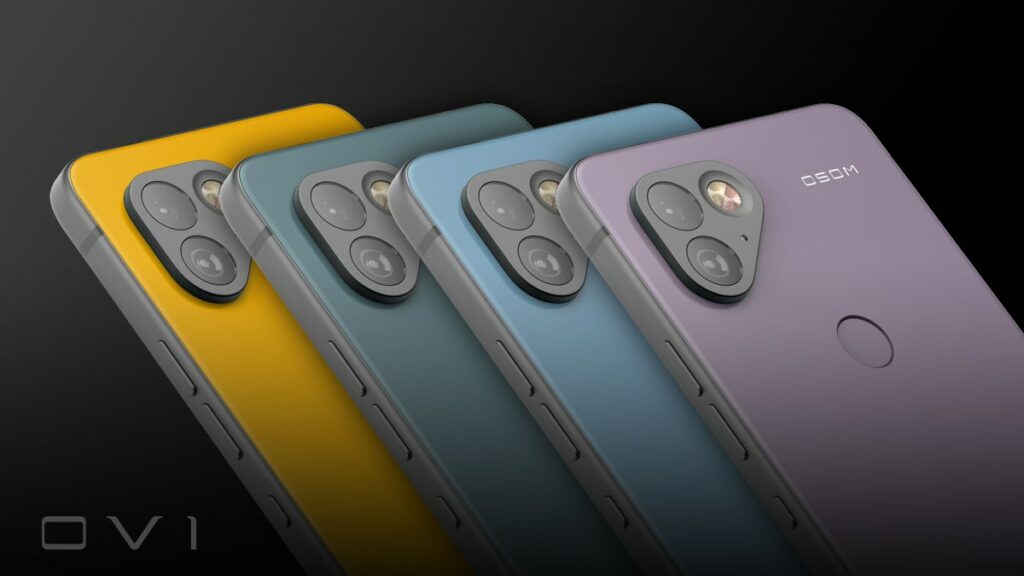
vivo V23e 5G is launched in India – 6.44” 1080×2400 FHD+ u-notch AMOLED, MediaTek Dimensity 810 5G, rear tri 50MP-8MP ultrawide-2MP macro + front 44MP, 8+128GB, Android 12.0, fingerprint on display, 4050mAh 44W, INR25,990 (USD349). GSM Arena, Gizmo China)
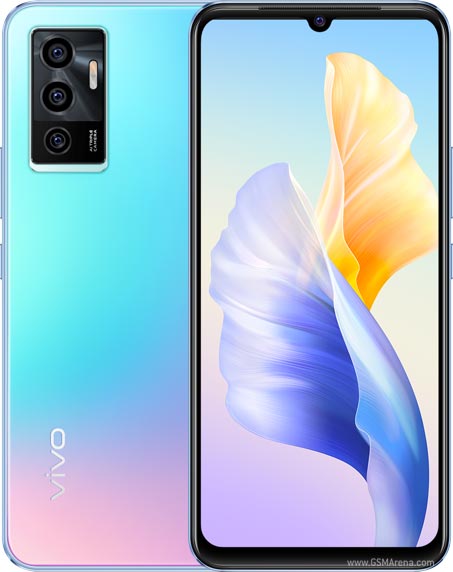

Luxshare Precision Industry, an Apple supplier, aims to raise up to CNY13.5B (USD2.13B) to fund six projects, including building a production line for wearable devices. Luxshare’s move comes as the company is working to improve its production capacity in “downstream applications such as consumer electronics and smart vehicles”. The 6 projects include new production lines aimed at smart wearable devices, mobile terminal components, and high-voltage connection systems for vehicles.(Apple Insider, Reuters, CN Beta)
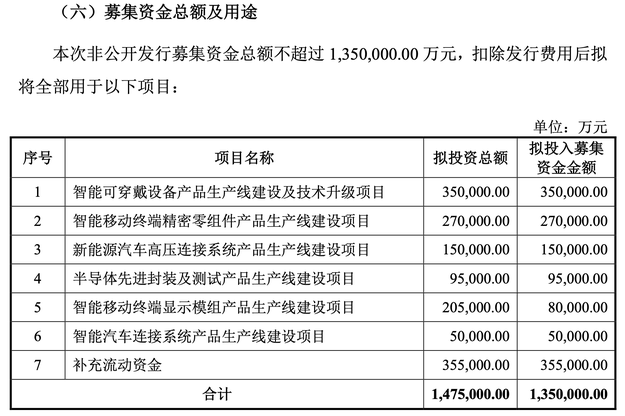

Apple has reportedly conducted its second-phase engineering validation and testing (EVT 2) for its first AR headset, which is expected to debut by the end of 2022, according to Digitimes. The headset is rumored to feature a lightweight design, two 4K micro-LED displays, 15 optical modules, two main processors, Wi-Fi 6E connectivity, eye tracking, a see-through AR mode, object tracking, hand gesture controls, and more. (MacRumors, Digital Trends, Digitimes)

Digital fitness and wellness company FitOn has raised USD40M in Series C funding led by Delta-v Capital. FitOn is also expanding its reach in wellness by acquiring Tampa-based corporate wellness platform Peerfit. The funding comes as the Los Angeles-based company hit 10M users in 2021 for its app, which offers personalized fitness and wellness programs. (TechCrunch, PR Newswire)


HUUVER (Hybrid UAV-UGV for Efficient Relocation of Vessels) is being developed via a European Union project led by Poland’s Cervi Robotics / Dronehub. Other partners include LUT University (Finland), Rectangle (Poland), Gina Software (Czech Republic), Bladescape (Austria), Brimatech Services (Austria), and NTT Data Spain. In its present prototype form, the drone measures 137 cm long by 84 cm wide by 56 cm high (53.9 by 33 by 22 in), and tips the scales at 23 kg (51 lb). (CN Beta, Huuver, Drone DJ, New Atlas)
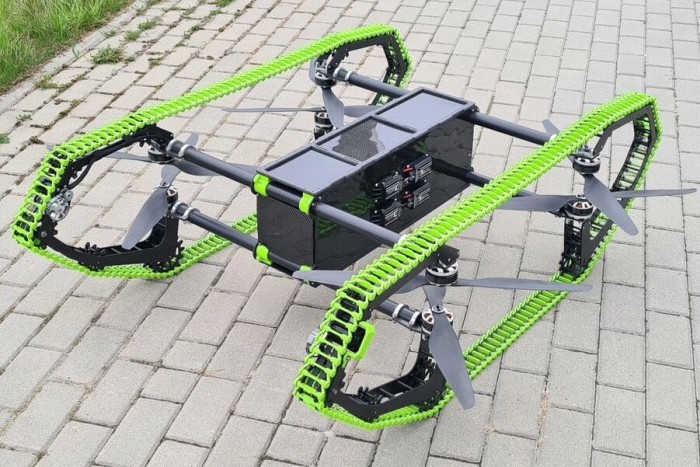

Egypt-based e-commerce platform, Wasla, has raised USD9M from Egypt’s largest non-bank financial service provider, Contact Financial Holding, formerly known as Sarwa Capital. Founded in 2019, Wasla claims to be the first emerging markets mobile web browser and desktop extension that helps users save money, pay securely, and gain access to flexible financing. (TechCrunch, Arab News, Magnitt)


Eun Young Choi, most recently senior counsel to the deputy attorney general at the Department of Justice, has been named the first director of the national cryptocurrency enforcement team at DOJ. She will lead NCET in identifying, investigating and pursuing DOJ’s cases that involve the criminal use of digital currencies and other digital assets, establishing strategic priorities and improving the criminal division’s efforts to provide training to federal, state, local and international law enforcement authorities to further prosecute crimes involving cryptocurrency. (CN Beta, Fortune, GovConWire, WSJ, Justice.gov)
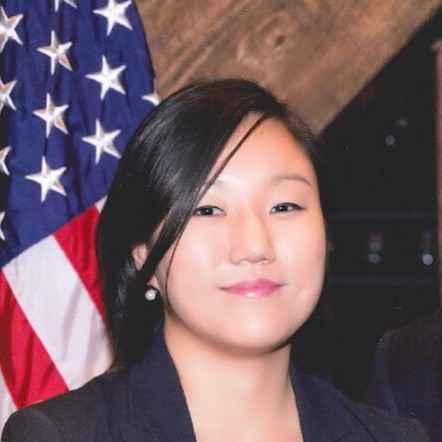
Crypto exchange FTX is launching a new team focused on driving cryptocurrency and non-fungible token (or NFT) adoption in the gaming world. The initial offering from the new gaming unit will reportedly be a “crypto as a service” platform through which game publishers can launch tokens and provide support for in-game NFTs. The new gaming-focused team from FTX is a sign of the continued push to bring blockchain-based products into the gaming space, as demonstrated by projects like GameStop’s own NFT marketplace. (The Verge, Bloomberg)
